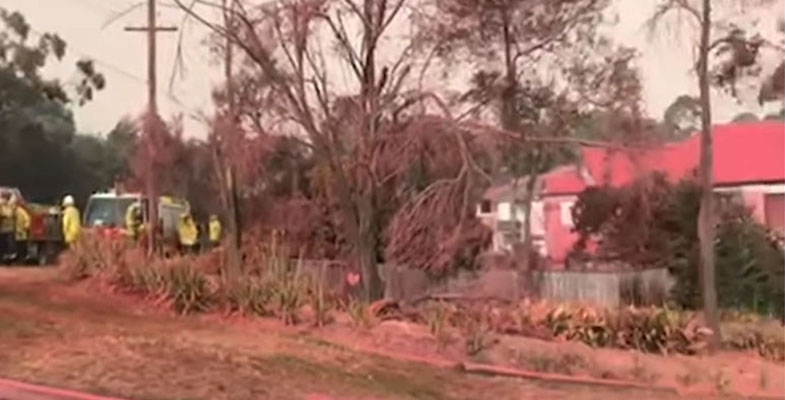Our talk on 27 April was presented by Shannon Kaiser, PhD researcher into the impact of aerially deployed fire retardants on bushland ecology. This is another example of action being taken with an aim to reduce a risk without full understanding the potential environmental consequences. The 10/50 legislation is one example where trees have been removed that will have no benefit of reducing fire risk but for other reasons such as increasing views and property values.
Fire retardants have been deployed from aeroplanes in California for many years in fighting forest fires and are used by the Rural Fire Service but not usually in urban areas. There was much publicity when NSW authorities decided to use it in the Turramurra fire in November 2019. Shannon decided to investigate the impact on the local ecology.
Shannon’s work was mostly done in the lab. The components of the retardant are mostly ammonium phosphates with some ingredients that are trade secrets. He found that the concentrations used in the environment were at a level much higher than safe levels. This had the potential to impact basic measures of water quality such as increasing acidity, turbidity and salinity and reducing dissolved oxygen.
He tested a range of concentrations on tadpoles. He found the higher concentrations would have affected the survival of tadpoles by slowing and reducing their movements. The vulnerable Green and Golden Bell Frog (Litoria aurea) was more susceptible than the more common Striped March Frog (Limnodynastes peronii).
The next step is to discover the level of retardant that ends up in our waterways. The trees in our bushland are very different to the pine forests in California so the chemical can fall through the open canopy of Australia’s forests to the shrub and ground level.
Our fauna are also different, there being no marsupials in the United States. Shannon will be ready to discover this contaminant information when the next bushfire occurs.

